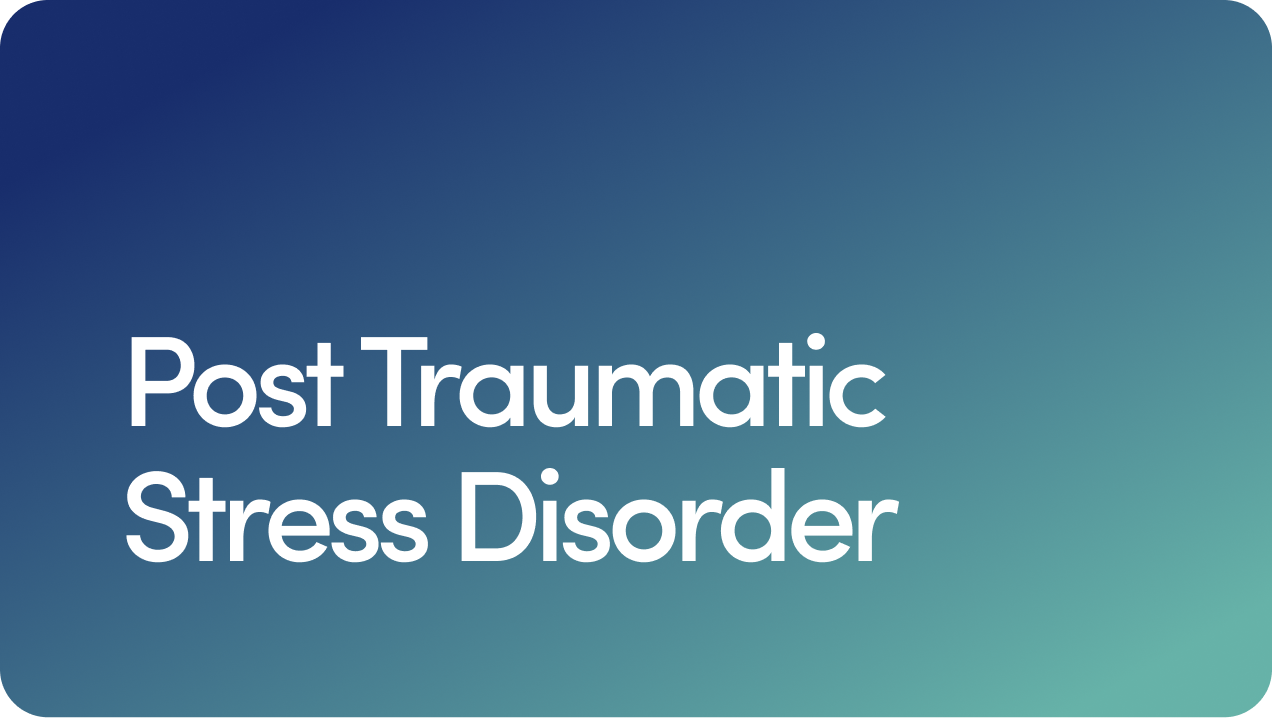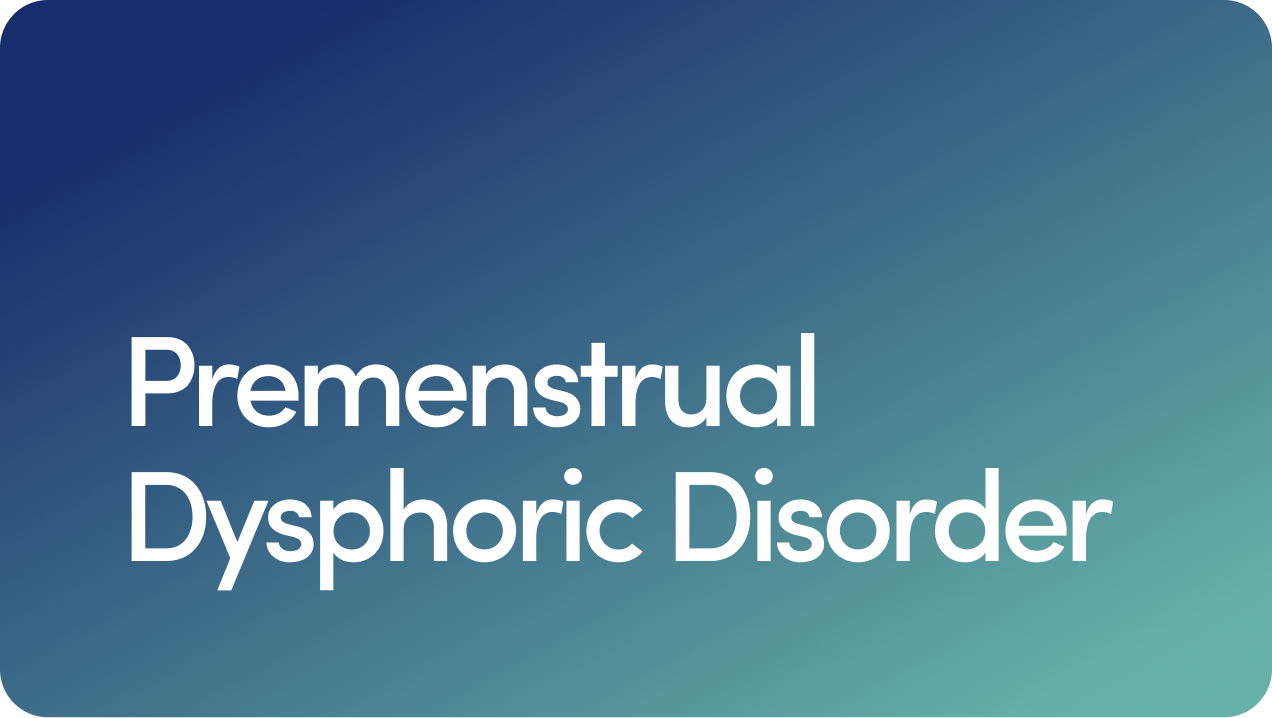Content
Free Mental Health Assessment
Best Therapies For Childhood Trauma

Many people will have experienced some form of trauma early in their lives. Childhood trauma is, unfortunately, a rather common experience. According to the Substance Abuse and Mental Health Services Administration (SAMHSA), more than two-thirds of children will have experienced at least one traumatic event in their life by the age of sixteen.
Fortunately, there are ways to get help, even as an adult. The right therapy can help those who have suffered trauma find ways to heal and cope with the effects of traumatic events.
Below, we’ll go into what childhood trauma is and the effects of a traumatic experience as well as the best therapies for childhood trauma.
Content
What Is Childhood Trauma?
Before we go into the most effective therapies for childhood trauma, we’ll explain what constitutes childhood trauma and the effects it can have.
A traumatic event is a scary or dangerous situation or event that puts a child’s life or bodily integrity (the idea that their body is their own) at risk. Witnessing a dangerous event can also be traumatizing for a child.
Potential traumatic events can include:
Physical abuse
Experiencing or witnessing domestic violence or school violence
Psychological or emotional abuse
Sexual abuse
Natural disasters
Sudden or violent loss of a loved one
Military family-related stressors such as deployment or losing a parent
Sexual exploitation (trafficking or prostitution)
Neglect
Serious accidents or life-threatening illness
How Childhood Trauma Affects Someone
Traumatic events often result in intense physical and emotional reactions. While reactions to trauma can vary from person to person, there are general trauma symptoms to look for in both children and adults.
In preschool and elementary-age children, trauma symptoms can look like:
Separation anxiety from their parent/caregiver
Nightmares
Crying or screaming a lot
Eating poorly
Losing weight
Trouble with sleep
Becoming fearful or anxious
Feeling guilt or shame
Difficulty concentrating
In teenagers, symptoms of trauma can include the above, as well as:
Feeling depressed or alone
Abusing alcohol and/or drugs
Risky sexual behavior
Develop eating disorders or other self-harming behaviors
The impacts of childhood trauma can take on different forms. Some survivors of childhood trauma may experience:
Long-term health problems such as diabetes or heart disease
Learning problems, including lower grades, more suspensions and expulsions
Increased use of health and mental health services
Involvement with juvenile justice systems
Experiencing traumatic events as a child can also impact someone well into adulthood. Some may develop post-traumatic stress disorder (PTSD), the long-term effects of a traumatic event.
As many as 15 percent of girls and six percent of boys who go through a traumatic experience develop post-traumatic stress symptoms.
When compared to men, the risk of women experiencing post-traumatic stress disorder is two to three times higher. They may also experience different post-traumatic stress symptoms.
According to the American College of Obstetricians and Gynecologists, female adults who experienced sexual abuse as a child or teen often show symptoms of posttraumatic stress disorder, distorted self-perception, shame, guilt, self-blame and chronic physical pain.
Those dealing with post-traumatic stress symptoms may find their day-to-day life negatively affected, from work to relationships and their mental health.
Post-traumatic stress symptoms can involve:
Flashbacks or reliving the traumatic event
Distressing thoughts
Signs of stress
Avoiding places or things that remind you of the event
Negative thoughts about yourself
Continuous fear, anger or guilt
Feelings of isolation
Loss of interest in previous activities
Being easily startled
Feeling “on edge”
Difficulty sleeping
Trouble concentrating
Angry outbursts
Engaging in risk or destructive behavior
Adults who have been through unresolved childhood trauma may also have trouble keeping a job or with personal relationships.
The impact unresolved childhood trauma has can also lead to mental health conditions, such as developing an anxiety disorder or depressive symptoms.
Childhood trauma can cause adverse effects immediately as well as into adulthood. But the good news is that there are effective therapies for childhood trauma.
Therapy can help you identify triggers, develop coping strategies and decrease post-traumatic stress symptoms while in a supportive and safe environment.
Here are common therapies for childhood trauma for children, teens and adults.
Trauma-focused Cognitive Behavioral Therapy (TF-CBT)
You may have heard of cognitive-behavioral therapy, a common type of therapy that helps people identify unhealthy patterns of thinking and learn to correct them.
Trauma-focused cognitive behavioral therapy is a subtype of cognitive-behavioral therapy that incorporates trauma-sensitive interventions with cognitive behavioral techniques, humanistic principles and the participation of trusted family members and caregivers.
This evidence-based type of therapy has been found to be effective for children and teens who have significant emotional struggles from a traumatic memory.
Cognitive Processing Therapy (CPT)
Cognitive processing therapy is another subtype of cognitive-behavioral therapy that’s been found to be effective at reducing post-traumatic stress symptoms.
The American Psychiatric Association highly recommends cognitive processing therapy, typically through 12 sessions where patients learn about post-traumatic stress symptoms. Patients then go through more formal processing of the trauma, learning to identify unhelpful thoughts related to the trauma.
Eye Movement Desensitization and Reprocessing (EMDR)
Eye movement desensitization and reprocessing is another type of therapy recommended by the World Health Organization (WHO) for post-traumatic stress symptoms.
EMDR therapy is a relatively new type of psychotherapy that aims to reduce the symptoms of trauma by changing how the traumatic memories are stored in the brain and resolving unprocessed traumatic memories.
This therapy technique uses bilateral stimulation (like taps or eye movement) while focusing on the traumatic memory to reduce the memory's emotional impact. This allows you to heal from the fear and pain associated with the trauma.
A 2018 review of research found that EMDR therapy by a mental health professional can help reduce many post-traumatic stress symptoms, such as anxiety, depression, fatigue and paranoid thought patterns.
Research has also shown that EMDR is an empirically validated treatment to address an unprocessed trauma memory.
Prolonged Exposure Therapy
Prolonged exposure therapy is another subtype of cognitive behavioral therapy used to treat PTSD over three months.
Rather than avoiding the trauma memory, individuals confront trauma-related memories, fears, feelings and situations to decrease post-traumatic stress symptoms.
Narrative Exposure Therapy (NET)
Narrative exposure therapy is an alternative to trauma-focused cognitive behavioral therapy for people, including children, with post-traumatic stress symptoms. This type of therapy is especially effective for treating those who have been through multiple traumatic events.
NET focuses on incorporating positive experiences along with the traumatic memory while establishing a narrative timeline to create a coherent autobiography and better understand the traumatic experience.
While the above therapies for childhood trauma are some of the best treatment options, medication may be another recommendation by a healthcare or mental health professional.
Medications are sometimes used as a supplement to one of the therapies described above.
One of the more common types of medications used is selective serotonin reuptake inhibitors (SSRIs), a type of antidepressant prescribed if an experienced symptom of post-traumatic stress disorder is a depressed mood.
Currently, only two SSRIs are FDA-approved for the treatment of PTSD. Those are sertraline (Zoloft®) and paroxetine (Paxil®).
Getting Help for Trauma
While no one particular therapy is considered the overall best therapy for a traumatic memory from childhood, several are strongly recommended by mental health professionals and supported by research.
Remember no treatment is one-size-fits-all so you may need to try different treatments to find what works best for you.
Anyone with post-traumatic stress symptoms should be treated by a mental health care professional who is experienced with PTSD.
Talk to a healthcare provider for recommendations or go through a consultation with our online mental health resources to find the best fit for you. You can also learn more about what to expect at your first therapy appointment.
17 Sources
Hims & Hers has strict sourcing guidelines to ensure our content is accurate and current. We rely on peer-reviewed studies, academic research institutions, and medical associations. We strive to use primary sources and refrain from using tertiary references.
- Understanding Child Trauma. (n.d.). SAMHSA. Retrieved from https://www.samhsa.gov/child-trauma/understanding-child-trauma
- About Child Trauma The National Child Traumatic Stress Network. (n.d.). The National Child Traumatic Stress Network . Retrieved from https://www.nctsn.org/what-is-child-trauma/about-child-trauma
- Adult Manifestations of Childhood Sexual Abuse. (n.d.). ACOG. Retrieved from https://www.acog.org/clinical/clinical-guidance/committee-opinion/articles/2011/08/adult-manifestations-of-childhood-sexual-abuse
- How Common is PTSD in Children and Teens? (n.d.). U.S. Department of Veterans Affairs. Retrieved from https://www.ptsd.va.gov/understand/common/common_children_teens.asp
- Olff M. (2017). Sex and gender differences in post-traumatic stress disorder: an update. European Journal of Psychotraumatology, 8(sup4), 1351204. Retrieved from https://www.ncbi.nlm.nih.gov/pmc/articles/PMC5632782/
- NIMH » Post-Traumatic Stress Disorder. (n.d.). NIMH. Retrieved from https://www.nimh.nih.gov/health/publications/post-traumatic-stress-disorder-ptsd
- Trauma-Focused Cognitive Behavioral Therapy The National Child Traumatic Stress Network. (n.d.). The National Child Traumatic Stress Network . Retrieved from https://www.nctsn.org/interventions/trauma-focused-cognitive-behavioral-therapy
- Cohen, J. A., & Mannarino, A. P. (2015). Trauma-focused Cognitive Behavior Therapy for Traumatized Children and Families. Child and adolescent psychiatric clinics of North America, 24(3), 557–570. Retrieved from https://www.ncbi.nlm.nih.gov/pmc/articles/PMC4476061/
- Cognitive Processing Therapy (CPT). (2017, July 31). American Psychological Association. Retrieved from https://www.apa.org/ptsd-guideline/treatments/cognitive-processing-therapy
- WHO releases guidance on mental health care after trauma. (2013, August 6). WHO World Health Organization. Retrieved from https://www.who.int/news/item/06-08-2013-who-releases-guidance-on-mental-health-care-after-trauma
- Maxfield, L., & Solomon, R. M. (2017, July 31). Eye Movement Desensitization and Reprocessing (EMDR) Therapy. American Psychological Association. Retrieved from https://www.apa.org/ptsd-guideline/treatments/eye-movement-reprocessing
- Wilson, G., Farrell, D., Barron, I., Hutchins, J., Whybrow, D., & Kiernan, M. D. (2018). The Use of Eye-Movement Desensitization Reprocessing (EMDR) Therapy in Treating Post-traumatic Stress Disorder-A Systematic Narrative Review. Frontiers in psychology, 9, 923. Retrieved from https://www.ncbi.nlm.nih.gov/pmc/articles/PMC5997931/
- Shapiro F. (2014). The role of eye movement desensitization and reprocessing (EMDR) therapy in medicine: addressing the psychological and physical symptoms stemming from adverse life experiences. The Permanente journal, 18(1), 71–77. Retrieved from https://www.ncbi.nlm.nih.gov/pmc/articles/PMC3951033/
- Prolonged Exposure (PE). (2017, July 31). American Psychological Association. Retrieved from https://www.apa.org/ptsd-guideline/treatments/prolonged-exposure
- Narrative Exposure Therapy (NET). (2017, July 31). American Psychological Association. Retrieved from https://www.apa.org/ptsd-guideline/treatments/narrative-exposure-therapy
- Fazel M, Stratford HJ, Rowsell E, Chan C, Griffiths H and Robjant K (2020) Five Applications of Narrative Exposure Therapy for Children and Adolescents Presenting With Post-Traumatic Stress Disorders. Front. Psychiatry 11:19. Retrieved from https://www.frontiersin.org/articles/10.3389/fpsyt.2020.00019/full
- Medications for PTSD. (n.d.). American Psychological Association. Retrieved from https://www.apa.org/ptsd-guideline/treatments/medications
This article is for informational purposes only and does not constitute medical advice. The information contained herein is not a substitute for and should never be relied upon for professional medical advice. Always talk to your doctor about the risks and benefits of any treatment. Learn more about our editorial standards here.
Kristin Hall, FNP
Education
BSN - University of Missouri, 1997
MSN - Saint Louis University, 1999
Training
Family Nurse Practitioner Internship - Saint Louis University, 1999
Medical Licenses
Registered Nurse, Missouri (Multi-State), 1997
Registered Nurse, Alaska, 2023
Registered Nurse, California, 2023
Registered Nurse, Connecticut, 2023
Registered Nurse, District of Columbia, 2023
Registered Nurse, Hawaii, 2023
Registered Nurse, Illinois, 2011
Registered Nurse, Massachusetts, 2023
Registered Nurse, Michigan, 2023
Registered Nurse, Minnesota, 2023
Registered Nurse, Nevada, 2023
Registered Nurse, New York, 2023
Registered Nurse, Oregon, 2023
Registered Nurse, Washington, 2022
APRN, Certified Nurse Practitioner, Missouri, 2000
APRN, Certified Nurse Practitioner, Illinois, 2011
APRN, Certified Nurse Practitioner, North Dakota, 2024
APRN, Certified Nurse Practitioner, Oregon, 2023
APRN, Certified Nurse Practitioner, Rhode Island, 2024
Board Certifications
Family Nurse Practitioner - American Nurses Credentialing Center, 2000
Other Certificates & Certifications
Lean Six Sigma, Green Belt Certification, 2015
Diabetic Mapping Certification Expert, 2012
BLS/CPR Certification, 2025
Affiliations & Memberships
Specialties & Areas of Focus
Family Practice Medicine, specializing in chronic disease management (diabetes, hypertension, obesity). Additional support and treatment of mental health diagnosis and men’s and women’s health.
Years of Experience:
25
Why I Practice Medicine
Caring for the whole person—understanding that true health extends beyond physical symptoms—has always been central to my work. As a nurse and family nurse practitioner, I’m passionate about empowering individuals to live their healthiest lives, physically, emotionally, and socially. Delivering compassionate, comprehensive care is not only my profession—it’s my purpose.
Hobbies & Interests
In my spare time, I enjoy staying active and connected to nature through skiing, hiking, and spending time outdoors. I’m also an avid St. Louis Cardinals baseball fan and find joy in reading, sewing, baking, and creative hobbies that keep me inspired outside of work.
LinkedIn:
Related Articles
Related Conditions
 Anxiety
Anxiety
 Depression
Depression
 OCD
OCD
 PTSD
PTSD
 Bipolar Disorder
Bipolar Disorder
 Premenstrual Dysphoric Disorder
Premenstrual Dysphoric Disorder